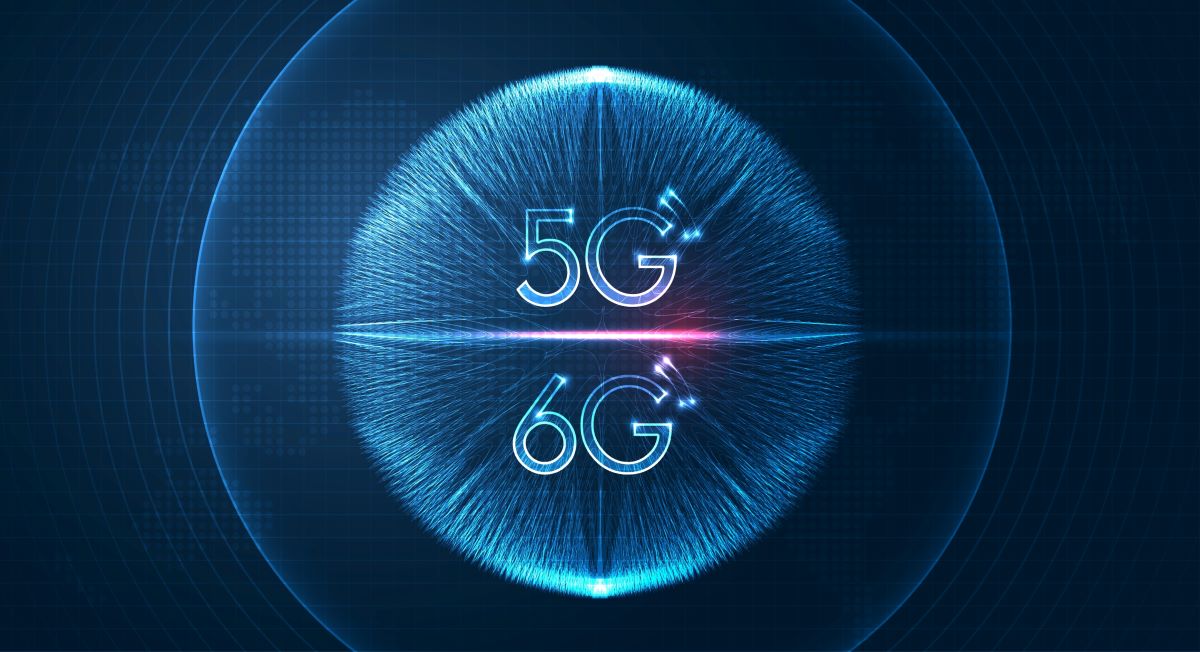Humanity is on the verge of transitioning from 5G to 6G, the new and sixth generation of wireless technologies. 6G promises to revolutionize the way we connect, communicate, and experience the world.
The technology will go beyond speed, seamlessly integrating the physical, digital, and human realms. With higher frequencies, near-zero latency, and data transfer rates of up to 1,000,000 Mbps, 6G will redefine communication, and enable virtual reality to go beyond current limits across immersive gaming, remote learning, and prosthetics. The possibilities are vast.
Building upon the advancements of 5G, 6G is expected to be commercially available by 2030. However, the journey begins with 5G Advanced networks, which are predicted to be deployed within three to five years. This intermediate phase is crucial for building a solid foundation that will shape the future of wireless technology.
Amplifying 5G to new horizons
5G Advanced, promises to amplify the performance and potential of 5G. By infusing intelligence into the network through machine learning and artificial intelligence, it will adapt to its environment, unlocking many innovative use cases for customers and businesses. Furthermore, 5G Advanced networks will enable immersive extended reality (XR) experiences, increasing the level of interaction and engagement virtually. Edge computing applications will flourish, enabling low-latency, high-bandwidth services that harness the power of local processing. The Internet of Things (IoT) will proliferate, driving advancements in areas such as manufacturing, farming, and healthcare, creating a more intelligent and connected world.

Revolutionizing Metaverse traffic growth
The metaverse, a digital world of interoperability and immersive experiences, is set to benefit from the introduction of 6G. However, it is in the realm of 5G Advanced, and the future of the metaverse depends on the work carried out in the next few years. Carriers are already engaging with metaverse platform vendors, creating storefronts, training programs, and more. By going beyond connectivity, carriers are positioning themselves as key enablers of edge services within the metaverse. 5G Advanced is poised to revolutionize media traffic growth. Research predicts that by 2027, the metaverse will account for a staggering 70 percent of annual media traffic growth.
Read: Ericsson is leveraging new ways to enable operators monetize 5G
Automating tomorrow through AI
Transitioning to 6G will pose the biggest challenge in wireless technology, and 5G Advanced plays a crucial role in making this transition happen. One of the main aspects of 5G Advanced is to test the waters of 6G, evaluate the performance and systems, and act as quality assurance for the next generation of networking. As we move towards more complex and advanced networks, it becomes essential to have a high degree of automation and intelligence to assure service quality and reliability.
Automation will be instrumental in troubleshooting misconfigurations and providing cybersecurity protection, among other tasks. Cloud-based AI tools will enable operators to gain a deeper understanding of the root causes of issues, allowing teams to address them promptly and prevent their proliferation. By leveraging AI-powered automation, operators can proactively ensure service levels and meet the requirements of service-level agreements (SLAs) for mission-critical and business-critical services, as well as emerging applications. Without robust automation capabilities, there is a significant risk of suboptimal customer experiences and service disruptions.
To successfully deliver actionable insights into the reliability and latency of tomorrow’s 6G networks, applications, and services, highly scalable monitoring solutions designed for the cloud will be indispensable. By future-proofing networks with scalable monitoring solutions, operators can ensure a seamless transition to 6G and guarantee optimal service delivery.
Revolutionizing tomorrow today with 5G Advanced
5G Advanced acts as a crucial bridge towards 6G, enhancing the capabilities of 5G networks and laying the groundwork for the revolutionary advancements that will define 6G. By embracing it, operators and businesses will be more prepared for the challenges and demands that 6G will bring to the table.
Realizing the potential of 6G requires collaboration among industry leaders, policymakers, and researchers. Establishing standards, addressing technical challenges, and ensuring network security and trustworthiness are vital. All of this must be done with 5G Advanced before releasing to the public. The race to 6G has already started, and countries are aiming to position themselves as leaders in this technology.
Back in February 2023, the UAE announced that it was working on introducing the new generation in the country by 2030. Bahrain also announced in July 2022 that it is laying the foundation for 5G Advanced, and planning to finish it in three years, focusing on five business verticals: service penetration, efficiency, creativity, resource integration, value competitiveness, and social contribution. MENA is taking the race to 6G seriously and planning to pioneer it.
The future of networking is beckoning, and 5G Advanced is paving the way for 6G, which will hold the key to unlocking the potential of wireless technologies fully.
For more Op-Eds, click here.








